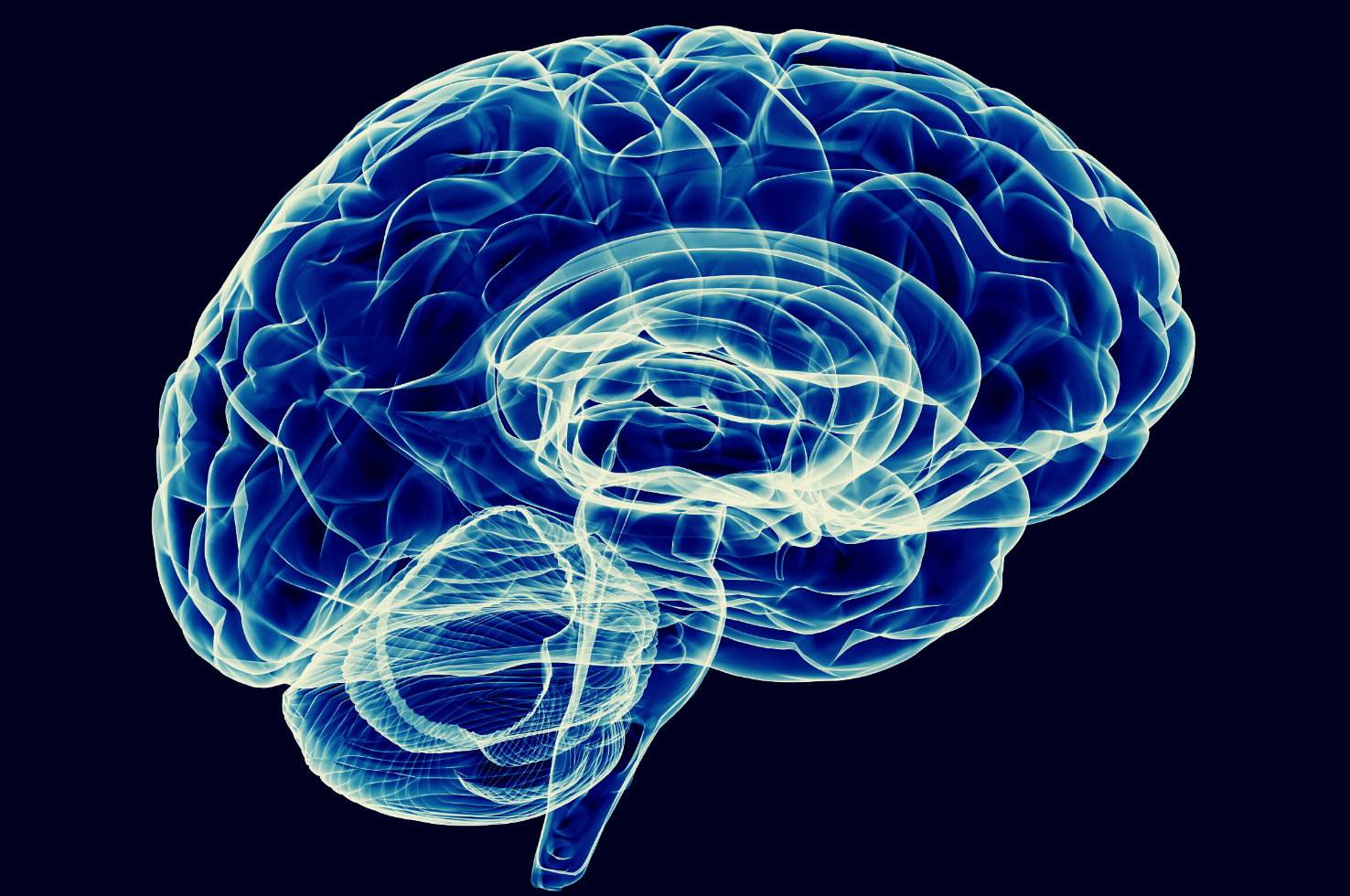New Research on the Intricate Nature of Worry’s Neural Signature

Severe worry is a complex transdiagnostic phenotype independently associated with increased morbidity, including cardiovascular diseases, cognitive impairment, and accelerated brain aging. A group of investigators, including Pitt Psychiatry scientists Andrew Gerlach, PhD (postdoctoral scholar); Helmet Karim, PhD (Assistant Professor of Psychiatry and Bioengineering); Joseph Kazan, MD (postdoctoral scholar); Howard Aizenstein, MD, PhD (Charles F. Reynolds III and Ellen G. Detlefsen Endowed Chair in Geriatric Psychiatry and Professor of Bioengineering and Clinical and Translational Science); and Carmen Andreescu, MD (Associate Professor of Psychiatry), investigated the intricate nature of worry’s neural signature. They recently published the results in Translational Psychiatry.
The study gathered resting state functional magnetic resonance imaging (fMRI) from 77 people over the age of 50 experiencing varying levels of worry to better understand the neurobiological basis of worry in older adults. The researchers computed region-wise connectivity across the default mode network, anterior salience network, and left executive control network. All 22,366 correlations were regressed on worry severity and adjusted for age, sex, race, education, disease burden, depression, anxiety, rumination, and neuroticism. Additionally, the researchers employed higher criticism, a second-level method of significance testing for rare and weak features to reveal the functional connectivity patterns associated with worry.
“Higher criticism offers an intriguing statistical approach for investigating subtle whole brain connectivity patterns that is particularly useful for distributed processes such as worry. By considering the global connectivity pattern, we were able to overcome some of the weaknesses inherent in the mass univariate approach and identify key connections associated with worry,” said Dr. Gerlach, the study’s first author.
Findings from the study revealed the complexity of connectivity patterns within and between networks associated with worry severity in older adults, and that the clinical phenomenology of worry (a blend of negative-affective and perseverative-cognitive processes) is reflected at the neural level with engagement of both paralimbic/other subcortical and multiple integrative cortical regions.
“Our findings point toward a complex neural engagement of multiple functional networks. Future interventions such as transcranial magnetic stimulation may target regions and/or networks delineated in this study to alleviate the distress caused by severe, difficult-to-control worry,” said Dr. Andreescu, the study’s senior author.
Networks of worry—towards a connectivity-based signature of late-life worry using higher criticism
Gerlach AR, Karim HT, Kazan J, Aizenstein HJ, Krafty RT, Andreescu C
Translational Psychiatry (2021). https://doi.org/10.1038/s41398-021-01648-5
